About Physiotherapy
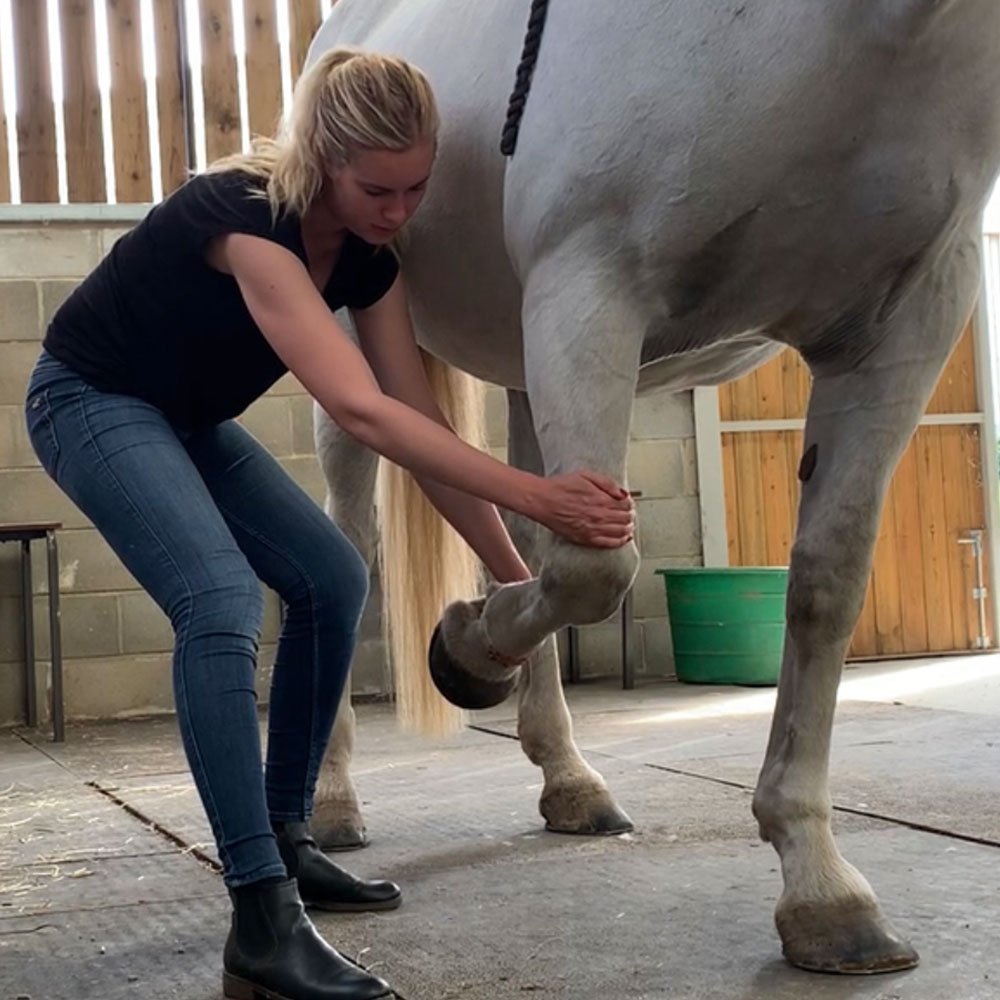
What is Veterinary Physiotherapy?
Veterinary Physiotherapy is a science based profession that has a holistic approach to animal health. It involves assessing movement and posture, and aims to reduce pain and restore musculoskeletal health and function. Clinical reasoning is employed to determine what supportive therapies to utilise to aid healing and improve recovery rates, and provides remedial exercises to optimise healing, movement, and tissue strength.
Who to choose?
Veterinary physiotherapy in the UK is not a protected title, therefore look for practitioners on specific registers and with specific qualifications:
- BSc, AdvCert, PGDip, or MSc
- ACPAT, IRVAP, NAVP, AHPR or RAMP memberships/registers
It is vital your practitioner has a clinical understanding of your animals condition and can clearly explain their findings and treatment techniques.
Why choose Veterinary Physiotherapy?
It improves surgical outcomes and reduces healing time for TPLOs (Marcellin-Little and Arnoldy, 2018), and following IVDD surgery (Hady and Shwarz, 2015).
It can enhance equine spinal posture, vital for horses with pathologies such as kissing spine, and for performance enhancement (Shakeshaft and Tabor, 2020).
It can decrease pain, improve mobility, and improve longevity in animals with osteoarthritis (Johnston et al. 2008), and following joint surgery (Stievani et al. 2018).
All techniques I perform are aiming to enhance healing through a variety of methods or restore/optimise physical function.
Any dysfunctions are caused through poor conformation, incorrect posture, or an underlying pathology. All of these reasons can be worked with through different techniques of manual therapies, additional tools such as light therapy, or rehabilitative exercise!
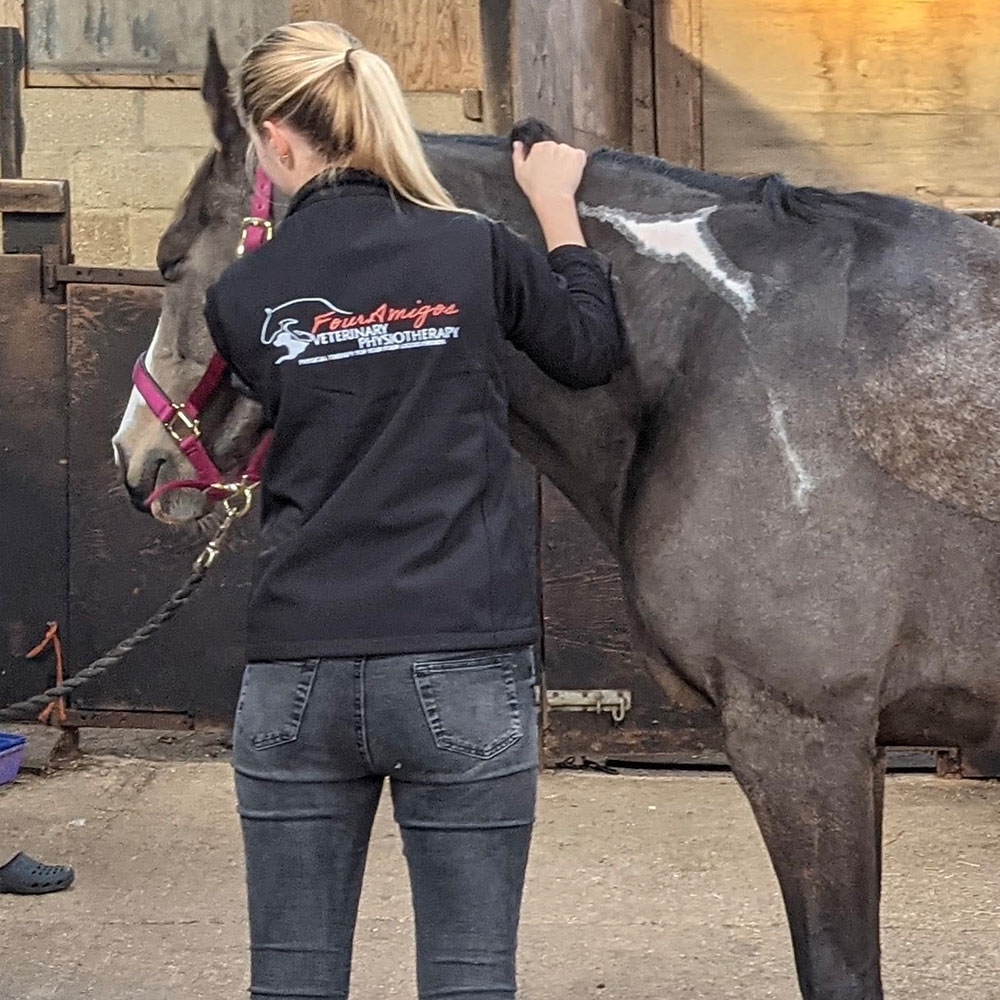
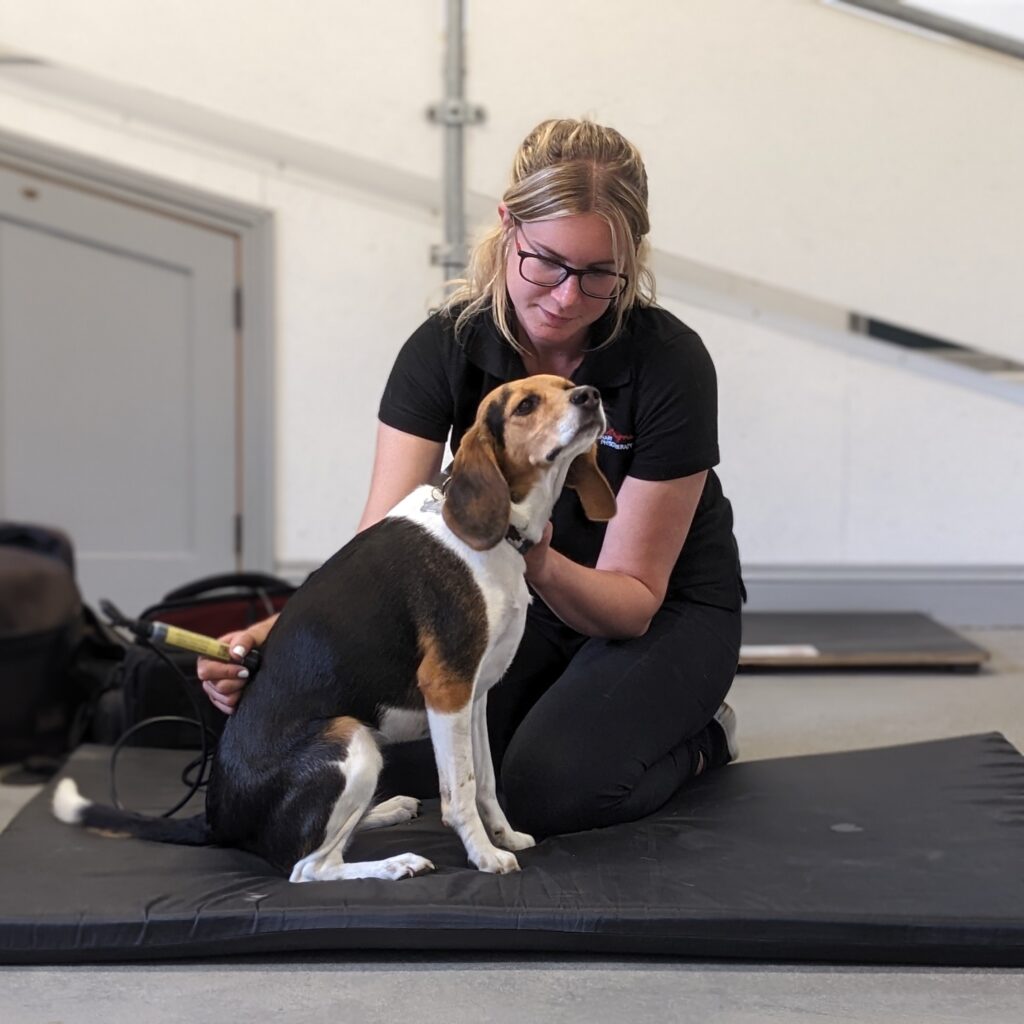
Common equine pathologies treated:
- Tendonitis and desmitis
- Suspensory ligament desmopathy
- Kissing spine (over-riding dorsal spinous processes)
- Sacroiliac dysfunction
- Osteoarthritis
- Fractures
- Muscle tears / fibrotic myopathy
- Locking stifle (Upward fixation of the patella)
- Meniscal injuries
- Wobblers (cervical vertebral malformation)
- Shivers and Stringhalt
- Neuropathies (e.g. radial nerve damage)
- Osteochrondrosis dissecans (OCD)
- Epiphysitis
- Angular limb deformaties / growth issues like contracted tendons
- Poor performance issues
Common canine pathologies treated:
- Tendon and ligament damage
- Intervertebral disc disease (IVDD)
- Fibrocartilangous embolism (FCE)
- Cranial cruciate ligament rupture
- Patella luxation
- Hip dysplasia/replacement
- Femoral head and neck necrosis (excisions)
- Elbow dysplasia
- Osteoarthritis and spondylosis
- Fractures
- Muscle tears/ fibrotic myopathy
- Wobblers (Cervical vertebral stenosis / malformation)
- Chronic degenerative myelopathy (CDM/DM)
- Brachial plexus neuropathy/radial nerve neuropathy
- Amputated limbs
- Angular limb deformity / growth issues
Veterinary Physiotherapy is a science-based profession that takes a holistic approach to treating patients. It takes into consideration each patient’s clinical history and presentation, and provides a thorough functional assessment of the animal to formulate a safe, effective and evidence-based treatment and rehabilitation plan.
Equipment
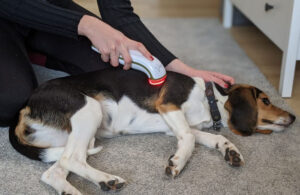
Photobiomodulation (Light therapy)
I use LED therapy from Photizo which are light emitting diodes of non-coherent light, of specific wavelengths (in the red light-infrared range) that I can rent to owners, as-well-as class 3B LASER therapy, which is coherent light of specific wavelengths, allowing energy to be delivered faster to tissues and in a more concentrated form.
Both these therapies work by light photons being absorbed by mitochondrial chromophores in skin cells and the target tissue. This leads to cell membrane electron transport and adenosine triphosphate (ATP) nitric oxide release during cellular respiration, and therefore leads to increased healing through increased cell metabolism and proliferation. Blood flow is also increased through endothelial cell activation of the blood vessels which aids nutrient and oxygen transport for cell metabolism which increases healing!
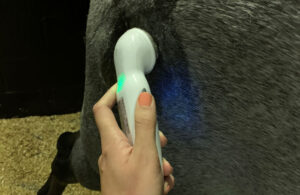
Therapeutic ultrasound (shortwave)
Ultrasound is high frequency sound waves outside the human hearing range produced by a transducer, which creates mechanical energy in the form of sound vibrations. Therapeutic ultrasound (TU) is considered to have non-thermal, and thermal therapeutic effects. The use of TU in animals is predominantly soft tissue structures high in collagen (protein) like tendons, through mechanisms of stable cavitation and acoustic streaming.
Overall TU reduces scar tissue/adhesions/ and pain, and enhances collagen production, extensibility, and quality through fibroblast activation and proliferation. This leads to improvements in stride length and range of motion. Additionally it improves techniques like stretching due to increased tissue pliability, and reduces oedema (swelling) through increased blood flow which stimulates and repairs soft tissue and accelerates wound healing.
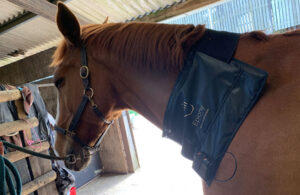
Epiony Heat Pad
The Epiony Heat Pad is a simple and effective treatment I can leave with my owners as-well-as use prior to massage to make treatments more effective. Heat can reduce pain through thermal receptor activation which blocks pain signals, as well as activating the smooth muscle in blood vessels causing vasodilation which brings oxygen and nutrients to an area to improve healing. It also improves tissue compliance and extensibility meaning rehabilitative exercises and manual therapy such as stretching can be more effective!

TENS and NMES
TENS – transcutaneous electrical nerve stimulation, provides pain relief through sensory nerve activation to reduce pain signal firing and releases endogenous opioids for longer term pain relief.
NMES – neuromuscular electrical stimulation – is used for horses with severe atrophy, nerve damage, or on box rest, to electrically contract muscles, regenerating nerve function, and building muscle in areas of damage.

Canine Rehab Equipment
Canine rehab equipment consists of foam pad, wobble cushion, cones and poles, as-well-as resistance bands and assistance with accurately completing set exercises.
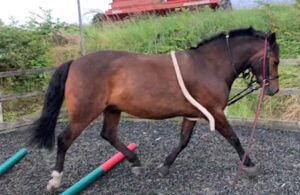
Equine Rehab Equipment
Equine rehab equipment consists of facilities at horse’s yard such as arenas and poles, and additional cotton lunge aid and equiband training aids, and assistance with exercises.
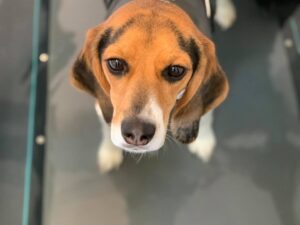
Canine Hydrotherapy
Hydrotherapy is an excellent adjunct to physiotherapy when provided by an appropriately approved centre and qualified hydrotherapist. For clients in my area I recommend Loyalwill Canine Hydrotherapy Centre.
Certain conditions require multidisciplinary care and specific hydrotherapy, such as the underwater treadmill compared to swimming, therefore please discuss this with your vet or myself when enquiring if you are uncertain.
